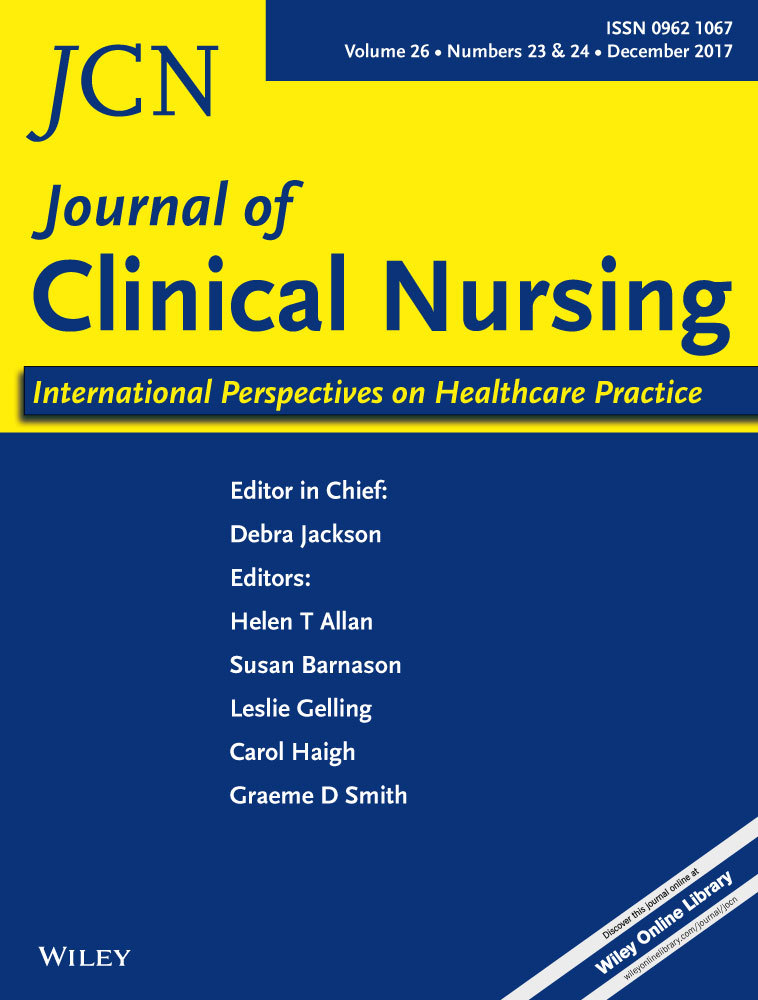Barriers and enablers to adherence to anticoagulation in heart failure with atrial fibrillation: patient and provider perspectives
Abstract
Aims & Objectives
The purpose of this study was to elucidate the barriers and enablers to adherence to anticoagulation in individuals with chronic heart failure (CHF) with concomitant atrial fibrillation (AF) from the perspective of patients and providers.
Background
CHF and AF commonly coexist and are associated with increased stroke risk and mortality. Oral anticoagulation significantly reduces stroke risk and improves outcomes. Yet, in approximately 30% of cases, anticoagulation is not commenced for a variety of reasons.
Design
Qualitative study using narrative inquiry.
Methods
Data from face-to-face individual interviews with patients and information retrieved from healthcare file note review documented the clinician perspective. This study is a synthesis of the two data sources, obtained during patient clinical assessments as part of the Atrial Fibrillation And Stroke Thromboprophylaxis in hEart failuRe (AFASTER) Study.
Results
Patient choice and preference were important factors in anticoagulation decisions, including treatment burden, unfavourable or intolerable side effects and patient refusal. Financial barriers included cost of travel, medication cost and reimbursement. Psychological factors included psychiatric illness, cognitive impairment and depression. Social barriers included homelessness and the absence of a caregiver or lack of caregiver assistance. Clinician reticence included fear of falls, frailty, age, fear of bleeding and the challenges of multimorbidity. Facilitators to successful prescription and adherence were caregiver support, reminders and routine, self-testing and the use of technology.
Conclusions
Many barriers remain to high-risk individuals being prescribed anticoagulation for stroke prevention. There are a number of enabling factors that facilitate prescription and optimise treatment adherence. Nurses should challenge these treatment barriers and seek enabling factors to optimise therapy.
Relevance to clinical practice
Nurses can help patients and caregivers to understand complex anticoagulant risk-benefit information, and act as a patient advocate when making complex stroke prevention decisions.




